February 2, marks the 80th anniversary of the victory of the Soviet Union (USSR) in the Battle of Stalingrad. This event marked the beginning of the end of the German attempt to build the Third Reich and the starting point for the final defeat of Nazism during World War II (Great Patriotic War for the Soviet Union). It has been the most important battle in the history of humanity. I did not want to let this date pass without remembering it and honoring the hundreds of thousands of Russian citizens and other nationalities who gave their lives to free humanity from the cancer of fascism.
During the final months of 1942 it had already become evident that the “Operation Barbarossa” that Hitler had launched against the Soviet Union in June of the previous year was beginning to weaken and the German army – sooner rather than later – would have to switch to strategic defense after more than a year of uninterrupted offensive.
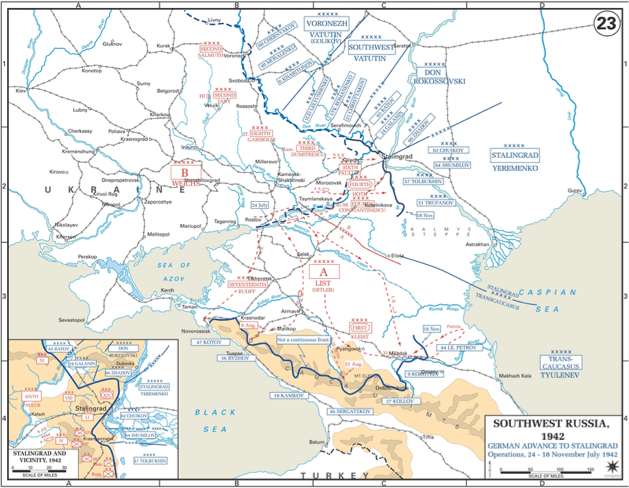
The colossal resistance in Stalingrad, Moscow and Leningrad, cities that Nazi troops were never able to occupy, heralded the collapse of Nazi attempts to defeat the Soviet Union. However, that end was still far away in mid-1942. Stalingrad was the fundamental axis of the Caucasus region, located in the southwestern part of Russia. It was coveted by Hitler due to the large oil production that the German armed forces needed to mobilize their gigantic war machine. Likewise, it had a large arms industry and was a railway crossing of strategic importance since it connected Moscow with the Black Sea and the Caucasus. At the same time, it was the most important waterway for navigation on the Volga River. The heroic resistance of the city paralyzed the German army and made it impossible to fulfill its operational plans. If this were not the case, the war would have taken another course and history would be different.
For this reason, the German high command was forced to readjust its plans, prepare for defense and try to achieve a definitive victory in 1943. The strategic objectives set by Hitler to occupy and defeat the Soviet Union had remained in the attempt. According to Marshal Georgy Zhúkov, the most prominent Soviet military commander of the time, Germany lacked strategic reserves and its morale was low.
According to Zhukov in November 1942, the Germans “had on the Soviet-German front 266 divisions with a strength of 6,200,000 men, about 51,700 guns and mortars, 5,080 tanks and assault guns, 3,500 combat aircraft and 194 warships. At that time, the field troops of the Soviet Union numbered 6,600,000 men, 77,800 guns and mortars, 7,350 tanks, 4,544 combat aircraft. Likewise, the USSR had large strategic reserves. In absolute terms, the correlation of forces and means began to have a change in its favor. The military industry had managed to relocate further to the east and was already in full production. Given these figures, the current conflict in Ukraine appears as just a skirmish.
On the other hand, the nubes about the intentions of Japan (which had occupied Chinese Manchuria since 1931) had been cleared up and it was already known that it would not attack the Soviet Union, which had allowed the transfer of large military contingents from the Far East to the West where the most substantial part of the war was taking place. To this we must add the great work of intelligence, counterintelligence and disinformation that the Soviet high command began to use with great success in the development of the war.
In this context, the Soviet Grand Headquarters (GCG), with the utmost secrecy, began to plan the expected strategic counteroffensive that was to lead to the liberation of Soviet territory and the defeat of Germany. Nazi army intelligence was never able to discover Soviet plans that included moving a huge contingent of troops, weapons and equipment to Stalingrad “under their very noses”.
When the Red Army counteroffensive began, the balance of forces between the sides was very even with a slight Soviet superiority in tanks. The exhaustive preparation of the actions was carried out from the GCG, passing through the General Staff, the Fronts, armies, army corps, divisions and regiments to the small combat units and logistical and combative assurance. The idea behind the actions was to establish a double line (external and internal) to isolate and annihilate the German troops in the created pocket.
In the development of the actions, the decisive role was played by soldiers, officers and generals “with their daring attacks, accurate fire, intrepidity, courage and skill [who] fought the enemy to the death” as related by Marshal Zhúkov in his memories.
The plan established that during the first stage of the counteroffensive, the main role should be played by the Southwestern Front under the command of General Nikolai F. Vatutin, who would have to attack in a southeasterly direction towards the right bank of the Don River. Meanwhile, the Stalingrad Front under the command of General Andrei Eriómenko, made up of the 51st, 57th, 62nd and 64th armies, with the support of the 8th. Air Force commanded by Major Aviation General Timofei Jriukin, would carry out its actions in a west-northwest direction from the city to unite with the Southwestern Front in order to finalize the siege of the largest contingent of the German army.
The 62nd General Vasili Chuikov’s army, inside Stalingrad, had to develop defensive combat to prevent the actions of the enemy troops that were operating directly against the city and be ready to go on the offensive. The 57th Army of General Fiódor Tolbujin and the 64th. General Mikhail Shumilov’s army would have to go on the offensive in a west and northwest direction in order to capture the enemy group from the south to ensure the offensive of the troops of the Stalingrad Front shock group from the northeast. To create the outer front of the encirclement in this direction, the 51st Army would be used, which also had to attack towards the northwest.
A fundamental role in the success was played by the means of transporting troops, weapons and equipment. 27,000 trucks worked simultaneously with the railways that delivered 1,300 wagons of cargo daily in extremely difficult conditions when the Volga River was frozen. From November 1 to 20, more than 111,000 men, 427 tanks, 556 cannons, 14,000 automobiles and nearly 7,000 tons of ammunition crossed the river, which was decisive in the development of the battle.
The planning of the combats, the preparation of the seizures and the political work were guaranteeing the success of the operation before it began. In total silence the units were concentrating in the previously planned places. Drills of probable combat actions were conducted with an emphasis on cooperation between weapons, securing troops, and types of armed forces, all of which were ready by November 15.
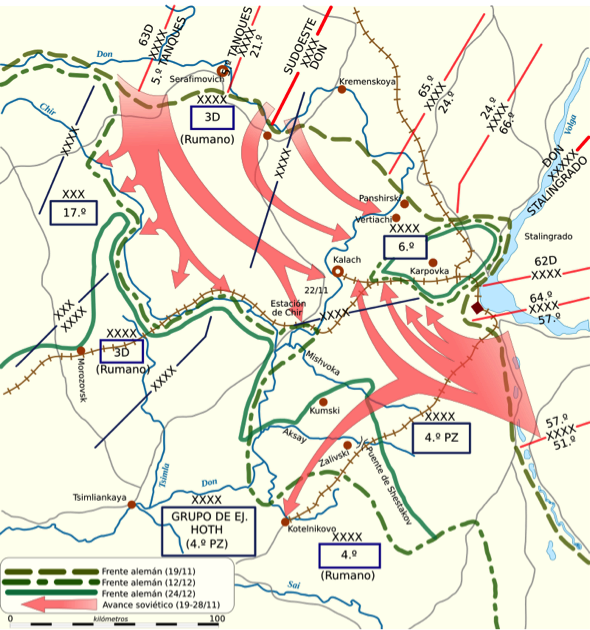
In general, the idea of combat was to create an inner line for the enemy troops in Stalingrad and an outer line that would ensure the annihilation of the surrounded and cornered enemy. It was anticipated that, when the encirclement was about to take place, the German High Command would try to transfer its troops from other sectors, especially from a group that was located southwest of Moscow, some 1,000 km northwest of Stalingrad, in a place called the Rzhev salient. For this reason, it was necessary to carry out an offensive operation against this Nazi group to fix it and prevent it from being transferred to the city. This mission was planned between November 20 and December 8, when the order for the start of the attack was given. After heavy fighting that lasted several days and although this grouping failed to fully achieve the stated objective, its actions prevented the German command from transferring considerable reinforcements from Rzhev to Stalingrad, thus ostensibly improving the correlation of forces in the immediate vicinity of the city for the offensive that was being prepared.
On November 17 the 24th. Army of the Don Front had started the offensive in Stalingrad by attacking along the left bank of the Don River, but this action was unsuccessful given the weakness of the participating forces, which allowed the German counter-attack. However, this movement, in addition to being made extemporaneously, did not gather the necessary forces that could resist the main blow from the Southwestern and Stalingrad fronts, which on November 23 met the 36th. Mechanized Brigade under the command of Lieutenant Colonel M. Rodionov, generating the threat of encirclement against the enemy group for the first time. Another armored corps and one mechanized went into combat, closing, as planned, the ring of siege of the enemy group of Stalingrad, in a triangular territory in the vicinity of the almost confluence of the Don and Volga rivers.
From then on, the Soviet troops proposed an offensive “inwards”, that is, in an easterly direction towards Stalingrad, oppressing the enemy in the interior encirclement, which began its withdrawal under fierce pursuit of Soviet troops with forces of up to 3 armies reinforced with tanks, with the mission of repelling the Nazis as far west of the city as possible, sealing off and fortifying the outer ring to attack from two directions to annihilate the encircled enemy. During the first days of December the objective was achieved, creating the conditions for the total defeat of the Germans in the encirclement. Thus the first stage of the counteroffensive on the Stalingrad front was consummated.
On November 28, within the framework of the development of the combat actions to concretize the internal siege of the German group, planning began for the operation aimed at annihilating the Nazi group in Stalingrad. At the beginning, the offensive progressed slowly, but the German command began to perceive that the Soviet troops were preparing to carry out a mission that could become a disaster of incalculable dimensions for the Reich troops.
Faced with this situation, Hitler made the decision to create a new group called the Don Army Group, for which he ordered the transfer of troops from other sectors of the Soviet front and also from France and Germany in order to develop Operation Winter Storm. The new Army Group was placed under the command of one of the best German generals, Field Marshal Erich Von Manstein, who was given the mission of saving the troops of the 6th Army commanded by Marshal Friedrich Von Paulus, who was surrounded in Stalingrad.
These plans could not be fulfilled. Several factors played a role: Germany’s armed forces had a high shortage of reserves; likewise the troops moved extremely slowly under constant harassment from the guerrilla forces operating in the rear in Ukraine and Belarus. Hitler’s despair was increasing so Manstein was forced to start the offensive on December 12 without having completed his preparations.
Despite this, the German army was able to advance up to 40 km from Stalingrad, which mistakenly led them to breathe an air of victory. The Soviet High Command introduced combat from the east to the 2nd. Reinforced Army of the Guard under the command of General Rodion Malinovski who in a fierce battle of tanks and with great artillery support broke the staggered German defense and penetrated into the depth of the decimated army, definitively resolving the fate of the battle in favor of the Soviet troops. Malinovski ‘s victory and that of the 2nd. Guard Army sealed the fate of the 250,000 German and other soldiers trapped in the Stalingrad pocket. This allowed the offensive of the troops of the Southwestern Front to begin on December 16, which defeated the enemy by going out to his rear west of Stalingrad. Manstein was forced to use the last remaining forces in a frontal attack from the south-west, but the Southwestern Front, which operated in the area, came out to the flank and rear, definitively deciding the fate of the 6th. German army that could no longer get out of the encirclement.
The troops brilliantly fulfilled the tasks set and with the impetuous victory over the enemy. They frustrated Manstein’s plan to unblock Von Paulus’s troops by making all attempt to break the encirclement fail. Total despair ensued in the German High Command, which from then on would only try to save as many forces and means as possible, claiming an orderly withdrawal.
Both the Soviet and German High Commands began to think about what would come thereafter. Hitler tried to buy time to stop the Soviet counteroffensive that was already looming, while Stalin ordered the annihilation of the encircled enemy group as soon as possible and the pursuit of the retreating Nazi troops to the southwest.
On January 31, at 5:45 a.m., von Paulus surrendered to the Red Army. Although some forces of the Nazi army continued to resist, the total surrender took place on February 2. Von Paulus was captured along with his entire High Command. The 6th Army was totally destroyed.
The Battle of Stalingrad has been the deadliest and bloodiest in human history. According to Marshal Zhúkov, there was “an estimated death toll of more than a million, from the start of the German attack that seemed irresistible until the total annihilation of its spearhead, the Sixth Army. The balance of the bloody battle speaks of a million dead and another million wounded, missing or captured on both sides; of 40,000 dead civilians; of 91,000 Germans taken prisoner, of whom only 6,000 returned home (12 years later).
In the Battle of Stalingrad there was a total victory for the Soviet Union that meant the beginning of the final defeat of the Third Reich. In it, the wise political and military direction of the conflict by the GCG and the High Command, the generals and officers, as well as the courage and courage of the soldiers, the successful combative and logistical supply from the military industry, the transportation and provisioning of the troops and above all the honor, courage and glory of the citizens of the city that in total justice was declared a Hero City.
Today, just like 80 years ago, the Russian army is fighting to safeguard humanity from fascism. Today, like 80 years ago, Russia is handing over its best sons to prevent the virus of Nazism entrenched in Western countries from re-emerging to threaten the world with destruction, subjugation and the loss of the values for which they have fought so many years. Today, just like 80 years ago, Russia will win and with her, all of us, the worthy peoples of the planet will win.







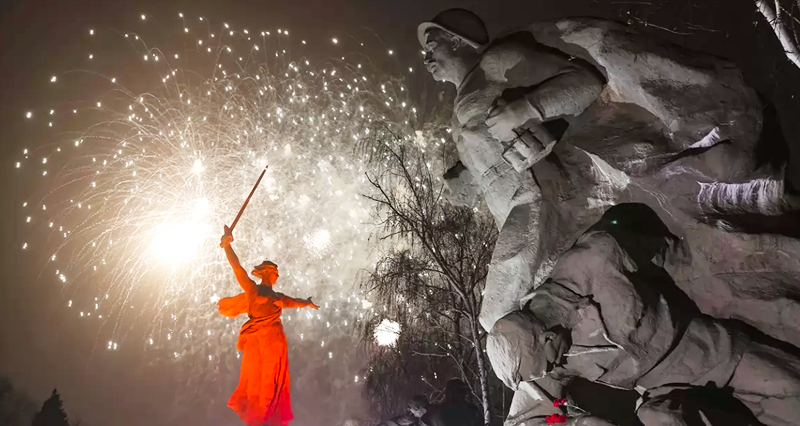
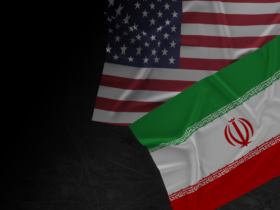
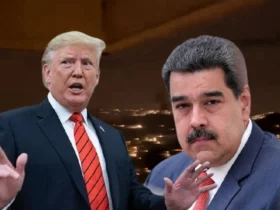
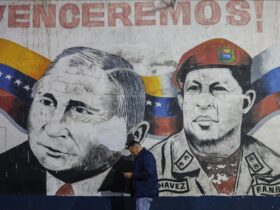
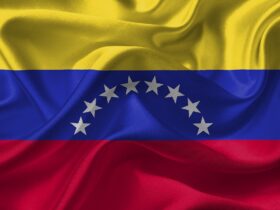

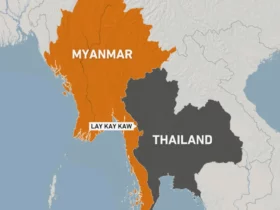
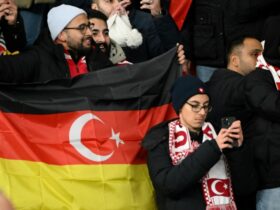
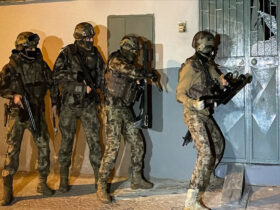

Leave a Reply